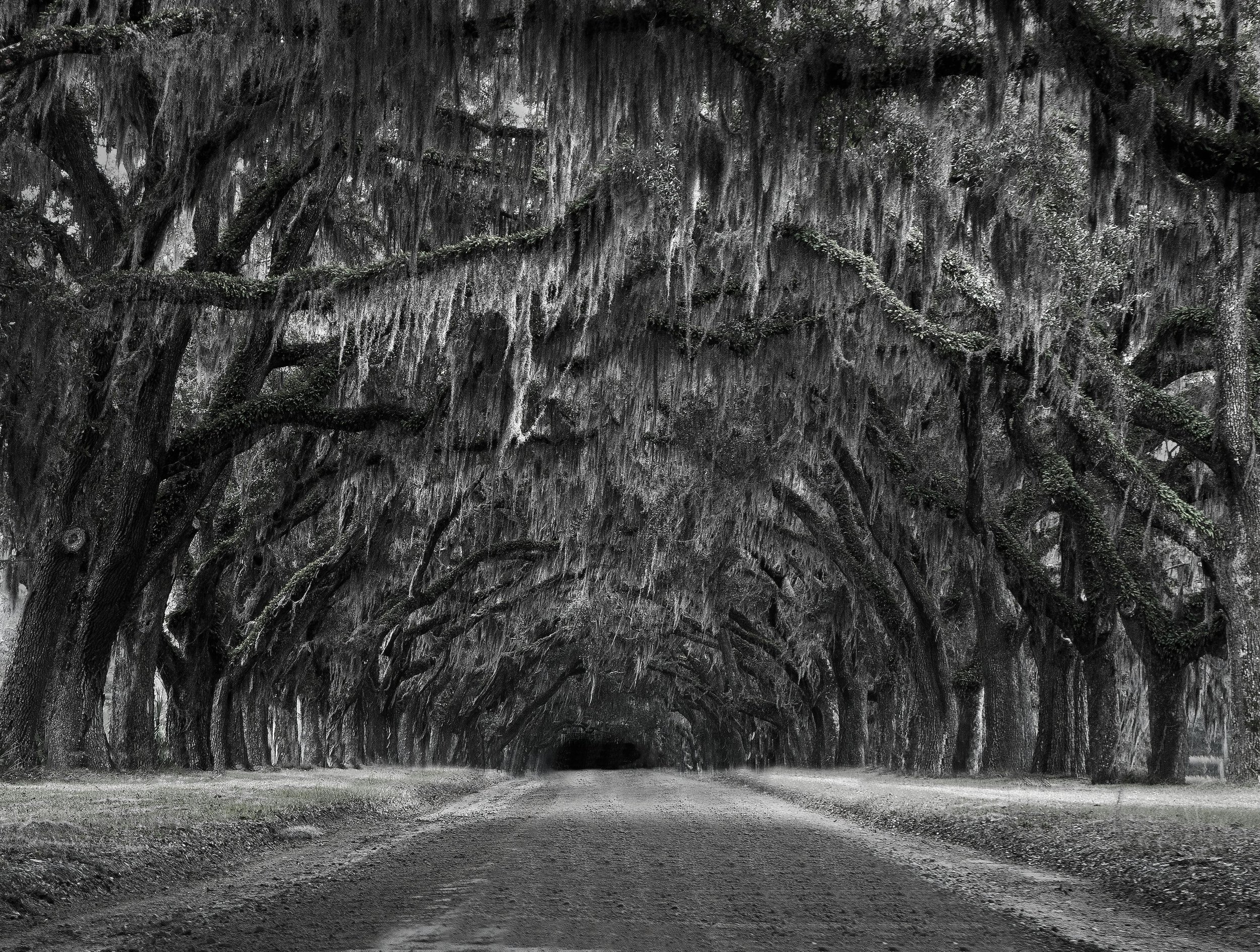
STEPHANIE A. GRAVES
SCHOLAR OF
RHETORIC • FILM + MEDIA • GENDER + QUEER THEORY
Latest POSTS
I’m giving a talk for Profs & Pints at Fait la Force Brewing on Wed., Dec 10th about Frankenstein, its many adaptations, and its enduring cultural legacy.
So many people only think of Susan Sontag’s “Notes on Camp” when the term camp is invoked; this post explores why Sontag’s framing of camp comes up short in regards to queer horror.
Coming to Fait la Force in Nashville, TN on October 22: a talk on Southern Gothic Horror!
As the chair of the Southern Gothic area of the Popular Culture / American Culture Association in the South conference, I am delighted to share the Call for Proposals for the 2025 Conference.

Stephanie A. Graves is a film & media scholar, teacher, reader, and nerd.
She researches rhetoric, gender & queer theory, pop culture, the Gothic and the Southern Gothic, horror, TV, and film.
She is fond of cats.








Ten Holiday Horror films to help you have a Merry Slashmas, now live on my shiny new Substack!